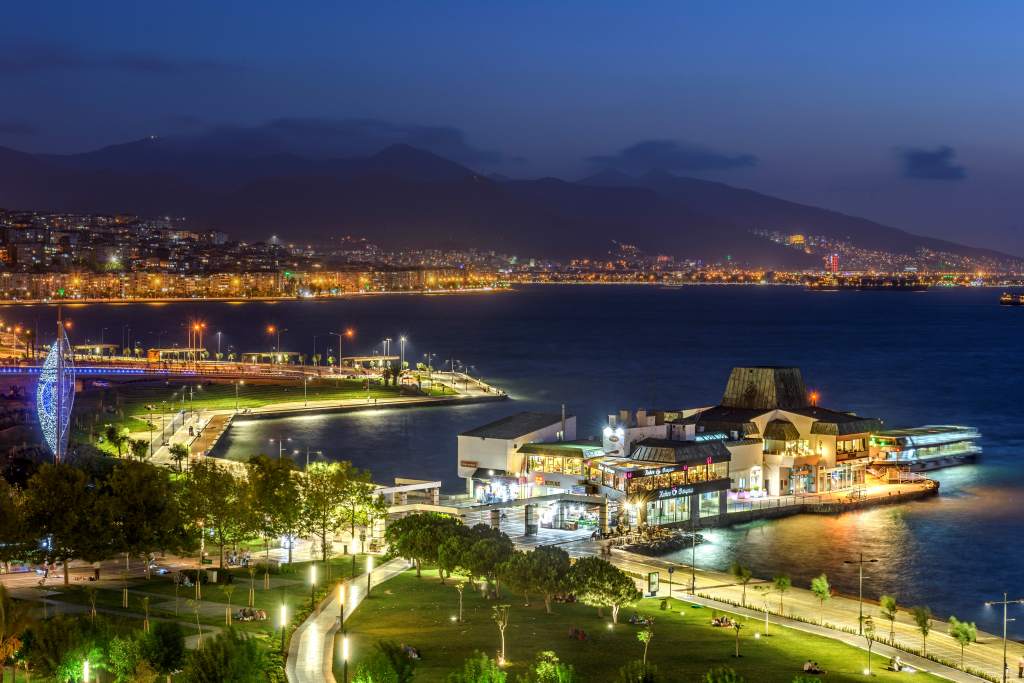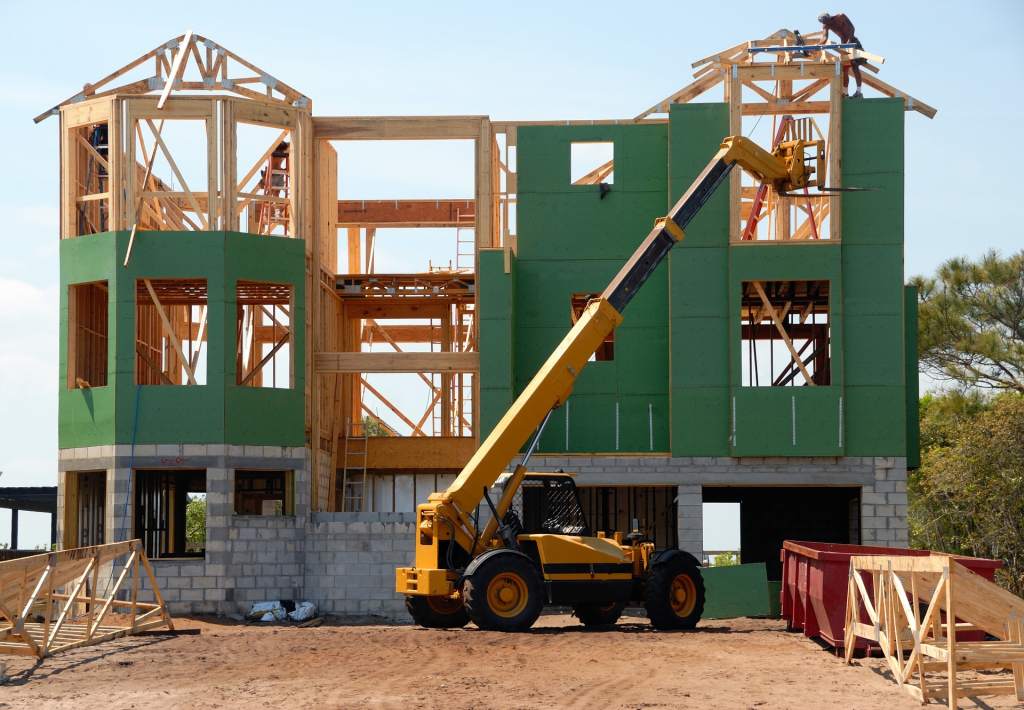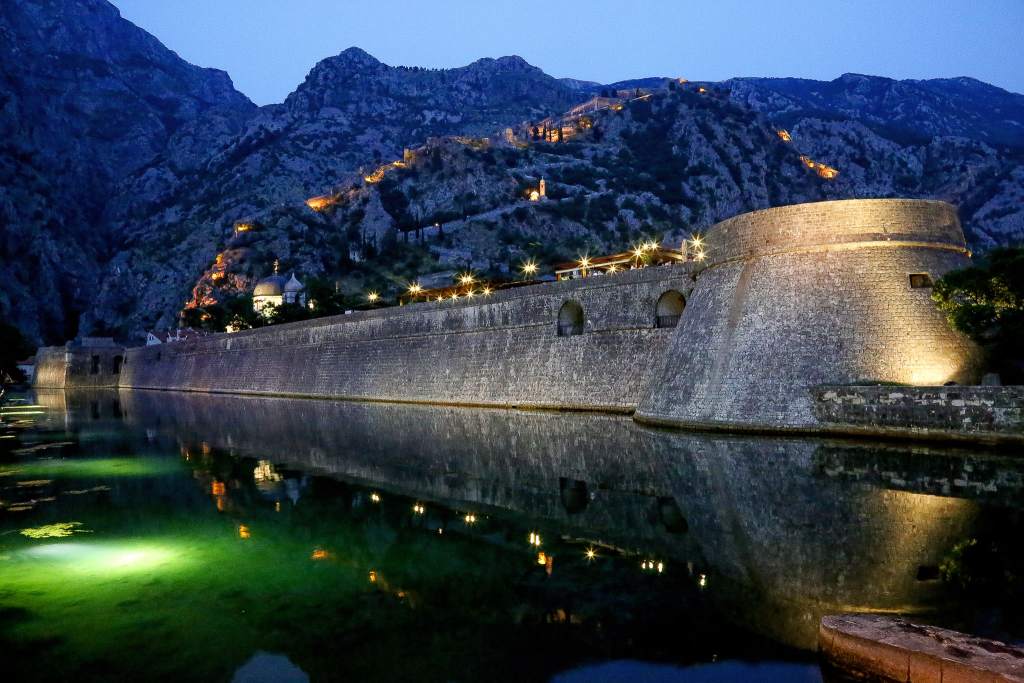Regionalisation in Azerbaijan: a state within a state #RoR2017

The Republic of Azerbaijan is part of the Eastern Partnership, which is an initiative that enables closer political, economic and cultural relations among the EU, its member states and 6 ... Read More













